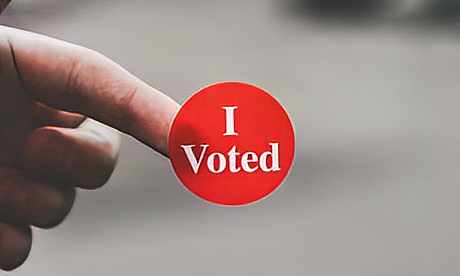Pope Francis, April 17, approved a decision that lay women and lay men will vote at the upcoming Synod of Bishops.
The Vatican has always said while input from many was essential to a synod, bishops were tasked with discerning and voting.
The move to allow lay women and lay men to vote at the Synod of Bishops has come late in the synodal process; even the last point of filtering, the Continental Phase of the Synod, was completed only by bishops.
“This is a significant crack in the stained glass ceiling, and the result of sustained advocacy, activism and the witness” of a campaign of Catholic women’s groups demanding the right to vote, said Kate McElwee of the Women’s Ordination Conference, which advocates for women priests.
The late changes to include a significant number of lay people emphasise Francis’ vision for the Church.
The real story
Some label the 27 April announcement as unprecedented, but the real story is not that lay people will get the right to vote but the number of lay people involved.
On March 16, CathNews reported that all participants, including women, could vote at the Synod; but, at the time, the number of lay people involved was tiny; the only woman with a vote was Sr Nathalie Becquart, who in February 2021 was appointed the Synod’s General Secretary.
However, Thursday’s announcement changes the significance of lay involvement because, unlike previous Synods, at the 2023 Synod of Bishops, approximately up to 25 percent of those with voting rights will be lay people.
The lay participants will be chosen by the Pope.
He will select 70 people from among a list of 140 nominations supplied by the Continental Synod meeting held recently around the world.
Francis wants 50 percent of the nominations to be women and for young people to be emphasised.
The Vatican says participants will be selected based “not only their general culture and prudence, but also their knowledge, both theoretical and practical, as well as their participation in various capacities in the synodal process”.
However, it remains unclear what portion of the 140 nominations each “Continent” can nominate and the basis for nominations.
One observer that CathNews spoke to said the Vatican could use several measures to allocate the portion of lay people from each continent.
She said that, for example, the continent’s land mass, the continent’s geographical size, the estimated number of baptised Catholics in each continent, or perhaps even the number of bishops or cardinals in a continent are but some of the measures the Vatican could use.
Participants’ names would be made public “as soon as possible,” the Vatican says.
Pope Francis will also appoint a number of members himself, who will also have a right to vote.
Other changes
Also among the changes is the elimination of the auditors, people who were previously allowed to speak in the assembly but did not have the right to vote. Removing the auditors makes way for the lay and possibly some priest voting participants.
Another gender balance in the composition of the Synod sees it having “five women religious and five men religious” instead of the “ten clerics” of religious congregations elected by their representative bodies who previously sat in the synod.
The Apostolic Consituition which governs the composition of these assemblies also mentions that representatives from the Vatican dicasteries will no longer participate ex-officio, but will be appointed directly by the pope.
Synod timeframe
The final phase of the synod, which began in 2021 will be conducted in two sessions. The first is in October 2023 and the second in October 2024.
It is expected the 2023 Synod of Bishops membership will be around 370 and in general, the same participants will attend each session.
Cardinals Mario Grech, the Synod’s secretary general, and Jean-Claude Hollerich SJ, the rapporteur for Synod, announced all the changes.
The working document for the October 2023 phase of the synod is expected to be published by the end of May.
Source
Additional readingNews category: Great reads, World.




